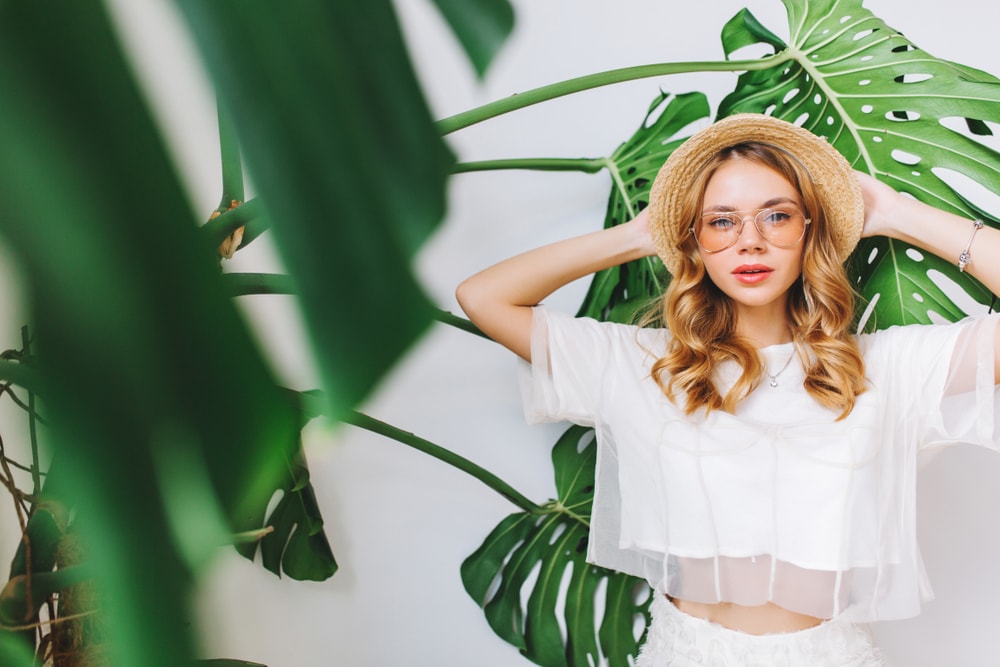Are you a new plant parent? Buying house plants can sometimes be an intimidating process, because there are so many mistakes you could accidentally make that will kill your plants. Here at Home Addict, we’re going over some of the most common houseplant mistakes people make, and how to fix them.

30. Assuming You Don’t Have a “Green Thumb”
First and foremost, never assume that you’re terrible at raising plants. A lot of people get intimidated when they think about buying houseplants, because they may have had a bad experience in the past. Maybe they bought a plant and it died, so they assume that they’ll need to resort to keeping fake plants for the rest of their life. This is a huge mistake. Remember that no one is perfect the first time they try something new. Don’t be afraid to try again. Of course, reading these tips will help you avoid making those same mistakes again.






























